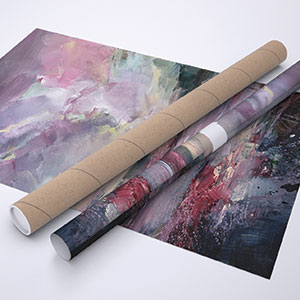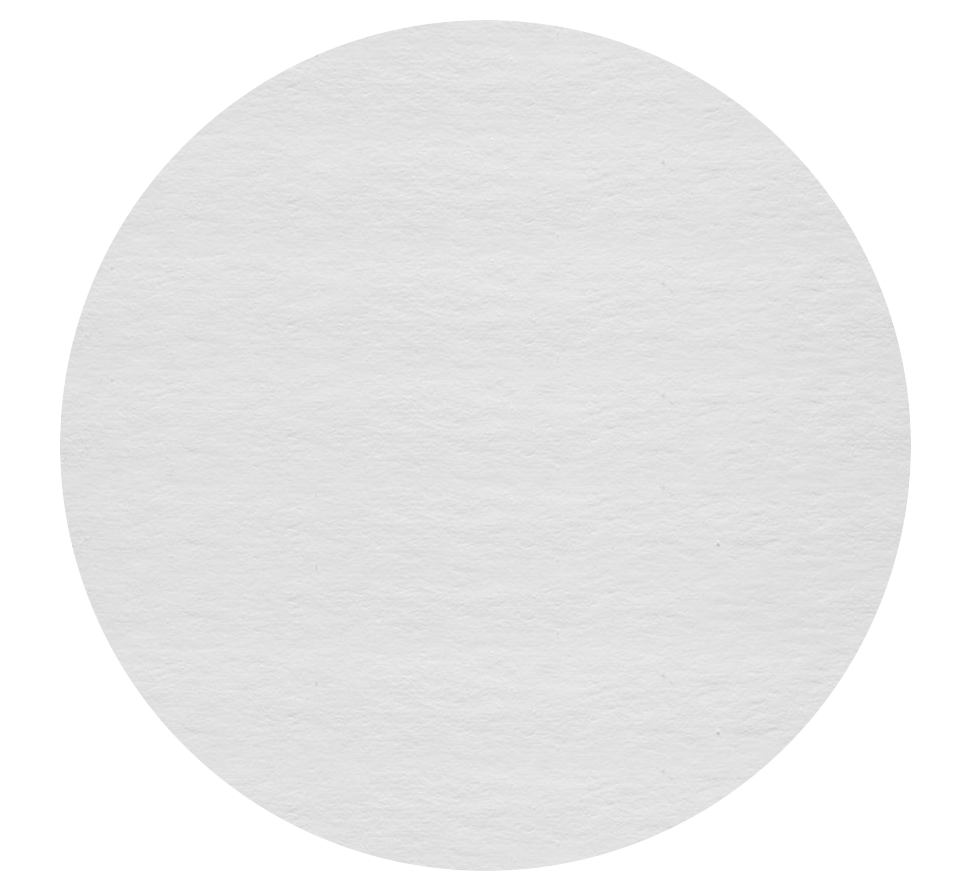Vendeur ArtMajeur by YourArt Editions
Impressions "Fine-art" sur papier
Il s'agit d'un processus d'impression sur papier d'art utilisant des encres pigmentaires de très haute qualité et imprimé en très haute définition. Son niveau de conservation est exceptionnel (plus de 100 ans), sa qualité, sa profondeur et sa richesse de nuances dépassent celles de l'impression photo classique sur papier argentique.

Finition brilliante
Outre son épaisseur exceptionnelle, le papier fibre est composé d'une base d'alpha-cellulose sans acide et il est recouvert de sulfate de baryum, et d'une couche microporeuse améliorant l'absorption des pigments lors de l'impression. Arborant une couleur blanc pur, ne jaunissant pas à la lumière, ce papier est spécialement conçu pour être durable dans le temps. Il est utilisé par les principaux musées du monde entier car il offre une excellente résolution et un rendu de couleurs profondes et denses.
Impression d'art "Fine Art" - Finition brillante sur papier à base de fibres 325 g.

Nos impressions et reproductions haut de gamme
ArtMajeur n'utilise que des papiers naturels au pH neutre, résistants et de haute qualité, sélectionnés par des papetiers de renom!
Une attention constante est portée par notre maître imprimeur, que ce soit en terme de contrôle des couleurs ou de respect de la chaîne graphique. Notre exigence de qualité élevée est un atout majeur pour les tirages d'art encadrés ArtMajeur.
Pour les artistes! Vous aidez les artistes à vivre de leur travail. Leurs royalties leur sont reversées chaque fois que vous achetez leurs impressions.
A propos de nos impressions-
Œuvre d'art originale
Peinture,
Huile
sur Toile
- Dimensions Hauteur 23,6in, Largeur 29,5in
- Encadrement Cette œuvre n'est pas encadrée
- Catégories Classicisme Scène de genre
La scène se déroule dans un cadre bucolique, avec des arbres et une végétation dense qui entourent les personnages, ajoutant une sensation de retrait et d'intimité. Les couleurs sont douces et la lumière semble filtrer à travers les feuillages, créant une atmosphère de douceur et de raffinement. Watteau excelle dans le rendu des textiles, et ses personnages sont souvent drapés de tissus aux textures riches qui reflètent leur statut social.
En arrière-plan, on peut apercevoir d'autres figures, peut-être plus de participants à cette réunion sociale ou des statues classiques, qui renforcent l'ambiance de loisir cultivé et de flânerie.
Thèmes connexes
Watteau's life is not well known, but his art is very important ( baptised October 10, 1684 – died July 18, 1721). At the beginning of the 18th century, he set new standards for French painting. One can talk about how he was born into a poor family in a small town in Flanders, which was then ruled by the French. He got his first training from a little-known local painter and moved to Paris around 1702. There, Claude Gillot and Claude III Audran, two of his teachers, helped him develop his skills in different ways. Through Gillot, he learned how the theater could help him visualize things and how this could lead to the idea of an ambiguous reality. He learned the art of the arabesque from Audran. The arabesque's mix of ornamental and figural shapes had a big impact on his own style. As Concierge of the Palais du Luxembourg, Audran gave Watteau access to Rubens's Medici Gallery. This was important because it helped Watteau study the Flemish painter and other old masters in the years to come. Watteau's career spanned the last years of Louis XIV's rule and the start of the Regency. These were times when the rules set by the court and the Academy were becoming less strict and when changes in society made it possible for new ideas about art to emerge. Watteau created a new style of painting called "Fête galante" because of this, and the Academy's increasing openness helped him do it. In 1717, he was finally accepted into the Academy (second Rome Prize 1709, admission as a candidate 1712). He was a very sensitive and weak man, both mentally and physically. He confused his peers and helped define the modern artist as an outsider and an innovator. Watteau spent his last years with friends like the painter N. Vleughels and the art dealer Gersaint, for whom he made the now-famous shop sign (Charlottenburg Palace) in 1720. He avoided the public and moved around a lot during those years. Watteau went to London in 1719 and 1720 to try to get better from a serious illness (possibly tuberculosis). There, he met Dr. Mead, who helped his art become very popular in England right away. Almost all of the important biographies of Watteau (by Jean de Jullienne in 1726, Gersaint in 1744, Dezallier d'Argenville in 1745, and Comte de Calus in 1748) talk about how unique and good his drawings are. Watteau's favorite medium was either red chalk or a mix of red, black, and white chalk, which some colorists at the Academy, like La Fosse and Coypel, were already using at the end of the 17th century.
-
Nationalité:
FRANCE

- Date de naissance : date inconnue
- Domaines artistiques: Représenté par une galerie,
- Groupes: Artistes Contemporains Français Artistes présentés par une galerie









